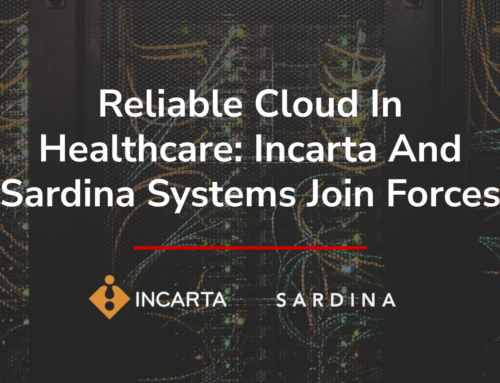Cloud repatriation is becoming a trend as more and more organizations around the world move their compute and storage workloads from global public clouds back to on-premise infrastructure or manage private clouds. What is driving this? Why are organizations of all sizes withdrawing from the hyperscale public cloud providers and the promised benefits of lower costs and minimal management requirements.
Reputational damage
In August 2021, news emerged about several data breaches on public clouds that had resulted in unsanctioned exposure of secret documents and private data.
Due to the public cloud storage insecurity, a terrorist watch list had been exposed. The list had been compiled by the U.S. government and contained 1.9 million private records. The information exposed included names, genders, dates of birth, citizenships, passport numbers and no-fly indicators. Further, it was three weeks subsequent to the problem had been discovered and authorities informed, before the database was taken down. Several days after this data breach, one of the largest public cloud providers announced warned its cloud computing clients that their data was no longer secret. Hackers not only had access to read or copy the data but could also change or even delete data from the central databases of several of the the world’s largest enterprises. The hyperscale provider concerned reported that the problem was corrected immediately and tried to reassure its customers that the only intruder was the cyber security company that discovered the problem. However, ultimately the responsibility for data loss rest with the custodian of the data, not the public cloud providers. It is your data and your business.
To minimize the risks data breaches, enterprises should constantly monitor all resources deployed in their public or private infrastructure. However, hyperscale public cloud providers can not guarantee all the deployed resources are safe and accessible and controlled only by the consigning enterprise. As numerous breaches have demonstrated, the real situation within the public cloud can be very different.
The promise of the cloud economy
Security concerns are not the only issue driving cloud repatriation. The hyperscale public cloud providers convinced many enterprises that if they moved to the private cloud they would save money. Today, those same enterprises trapped with the rapidly rising costs and significant dependencies on a single technology platform. The economy of scale, actively promoted by the hyperscale cloud providers, is just that a dream. It has never become a reality. Lower prices were the number one reason public clouds attracted customers. However, the “only pay for what you use” concept is theoretical, and the reality is that the enterprises found themselves spending more and more instead of seeing the prices fall as expected. Deploying enterprise systems on the public cloud is not cheap and it is not safe. Further, repatriating these same systems can be difficult and expensive.
The large public cloud providers also invested in tools and services that provide simple and seamless access to systems that can handle handle large volumes of of data and significant workloads such as AI. However, for many enterprises this has resulted in vendor “lock-in” which has which has precluded them from moving workloads from one cloud provider to another or negotiating costs. For the cloud providers this means that costs can be increased with out fear of losing clients.
The illusion of low cost public clouds is coming to an end. The concept of “unclouding” or “cloud repatriation” is gaining momentum as enterprises migrate their workloads and data from the public cloud to a cloud located within an on-premise data center or to a colocation provider. According to “Private Cloud Services – Global Market Trajectory & Analytics”, the global value of private cloud services will reach $13.2 billion by 2026, compared with its $4.9 billion value in 2020.
The private alternative
Private cloud is the only alternative for enterprises focused on control, security, performance, and costs It is the best way to build and deploy cloud infrastructure and organize the key enterprise workloads. Private or on-premise cloud solutions offer complete control over security as all security efforts are undertaken by in-house engineers or outsourced to a managed security partner. In addition, private cloud provides the option of incorporating tailored security features required for industries such as healthcare and finance. At scale private cloud offers the lowest-cost cloud solution for enterprises. Incarta’s managed private cloud service offers efficient cloud management software and a “pay-as-you-grow” pricing model to provide enterprises with confidence in planning budgets.
No longer are enterprises bound to the security risks and failed promises of the public cloud providers. A custom cloud designed for the specific requirements of a business is only possible within a private cloud infrastructure. Private cloud solutions bring more flexibility, scalability to the environment. The enterprises can precisely plan cloud budgets with no surprises.





